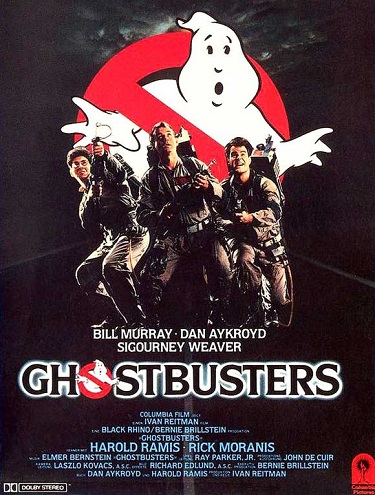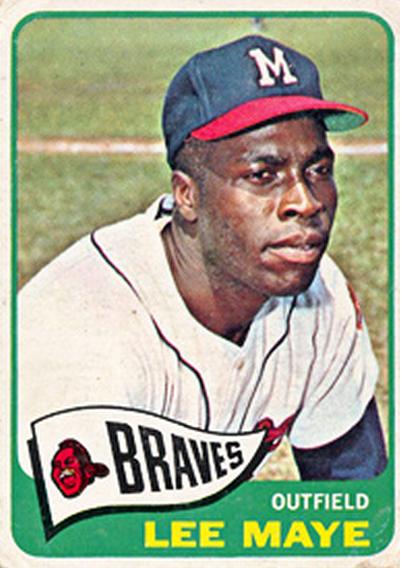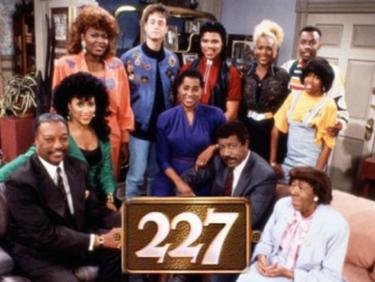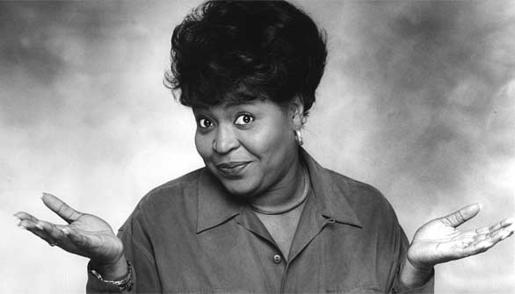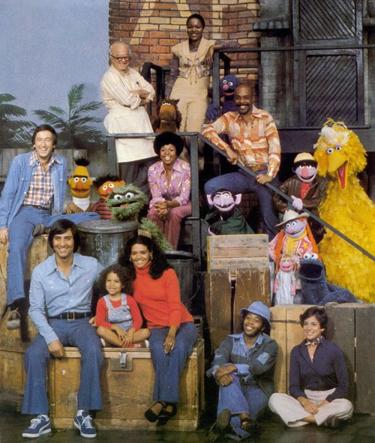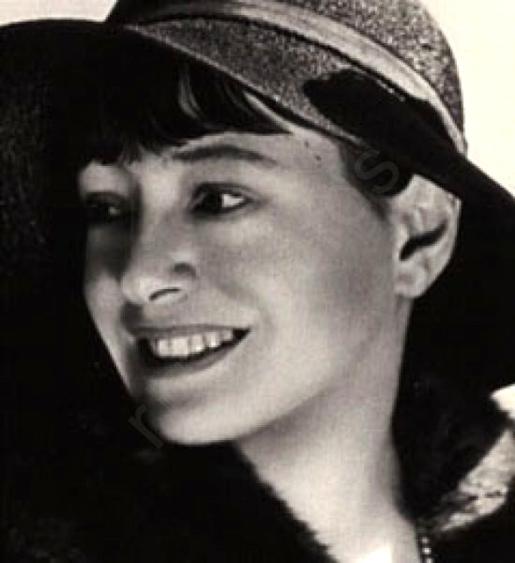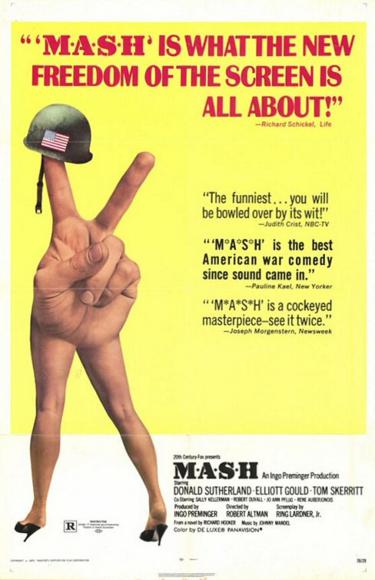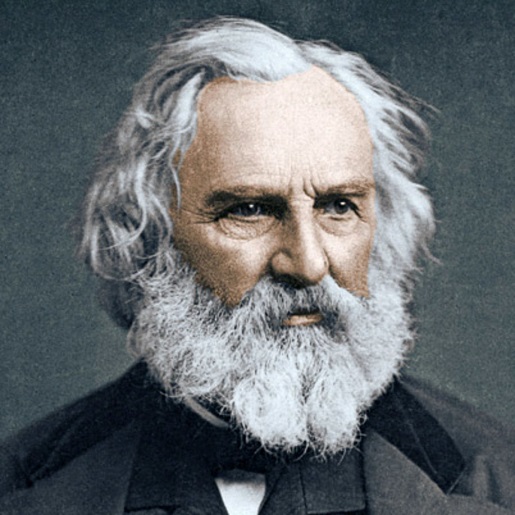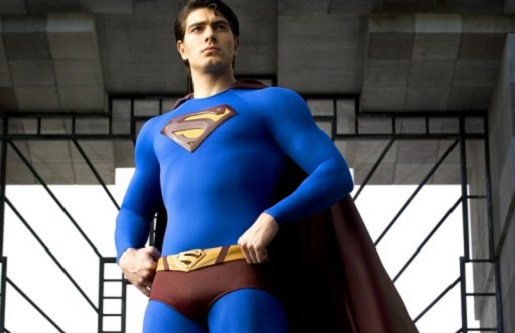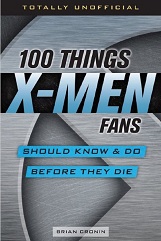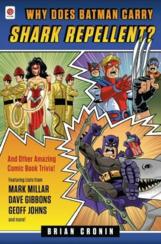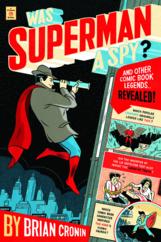Here is the latest in a series of examinations into urban legends about music and whether they are true or false. Click here to view an archive of the movie urban legends featured so far.
BASEBALL/MUSIC URBAN LEGEND: A song had a strange history with the Boston Red Sox to the point of seeming to be a World Series “good luck charm.”
“Tessie (You Are the Only, Only, Only)” was a popular song from the Broadway musical The Silver Slipper. It was written by WIll R. Anderson. The musical lasted just 160 performances (which actually is not that bad) from October 1902 and March 1903, but the song remained popular after the show closed.
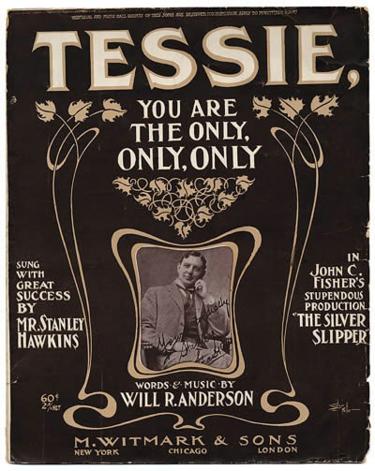
In the classic book, The Glory of Their Times: The Story of the Early Days of Baseball Told by the Men Who Played It, Lawrence S. Ritter had longtime Pittsburgh Pirate great Tommy Leach tell the story of the 1903 World Series and the effect that Leach felt that “Tessie” had on the series…
I think those Boston fans actually won that Series for the Red Sox. We beat them three out of the first fouer games, and then they started singing that damn “Tessie” song, the Red Sox fans did. They called themselves the Royal Rooters and their leader was some Boston character named Mike McGreevey. He was known as “Nuf Sed” McGreevey, because any time there was an argument about anything to do with baseball he was the ultimate authority. Once McGreevey gave his opinion that ended the argument: nuf sed!
Anyways, in the fifth games of ther Series the Royal Rooters started singing “Tessie” for no particular reason at all, and the Red Sox won. They must have figured it was a good luck charm, because from then on you could hardly play ball they were singing “Tessie” so damn loud. “Tessie” was a real big popular song in those days. You remember it, don’t you?
Tessie, you me feel badly,
Why don’t you turn around.
Tessie, you know I love you madly,
Babe, my heart weighs about a pound.
Yeah, that was a real humdinger in those days. Like “The Music Goes Round and Round” in the ‘thirties. Now you surely remember that one?
Only instead of singing “Tessie, you know I love you madly,” they’d sing special lyrics for each of the Red Sox players, like “Jimmy, you know I love you madly.” And for us Pirates, they’d change it a little. Like when Honus Wagner came up to bat they’d sing:
Honus, why do you hit so badly,
Take a back seat and sit down.
Honus, at bat you look sadly.
Hey, why don’t you get out of town.
Sort of got on your nerves after a while. And before we knew what happened, we’d lost the World Series.
Here is a picture of the Rooters in 1903…
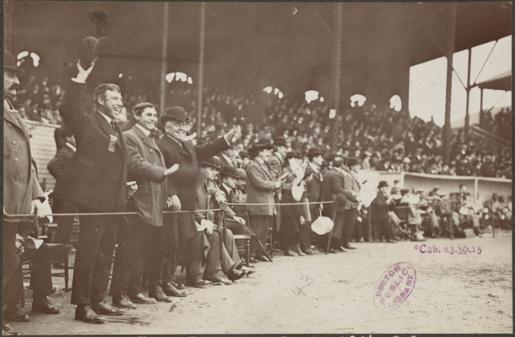
Whatever luck effects the Royal Rooters and their song, “Tessie,” had, the group disbanded in 1918 (their leader, the aforementioned McGreevey, ran a saloon, so perhaps he knew Prohibition was coming soon. His bar closed in 1920). In case you don’t recall, 1918 saw the Red Sox win a World Series…something they would not duplicate until 2004!
Here’s where things get weirder.
Read the rest of this entry »


